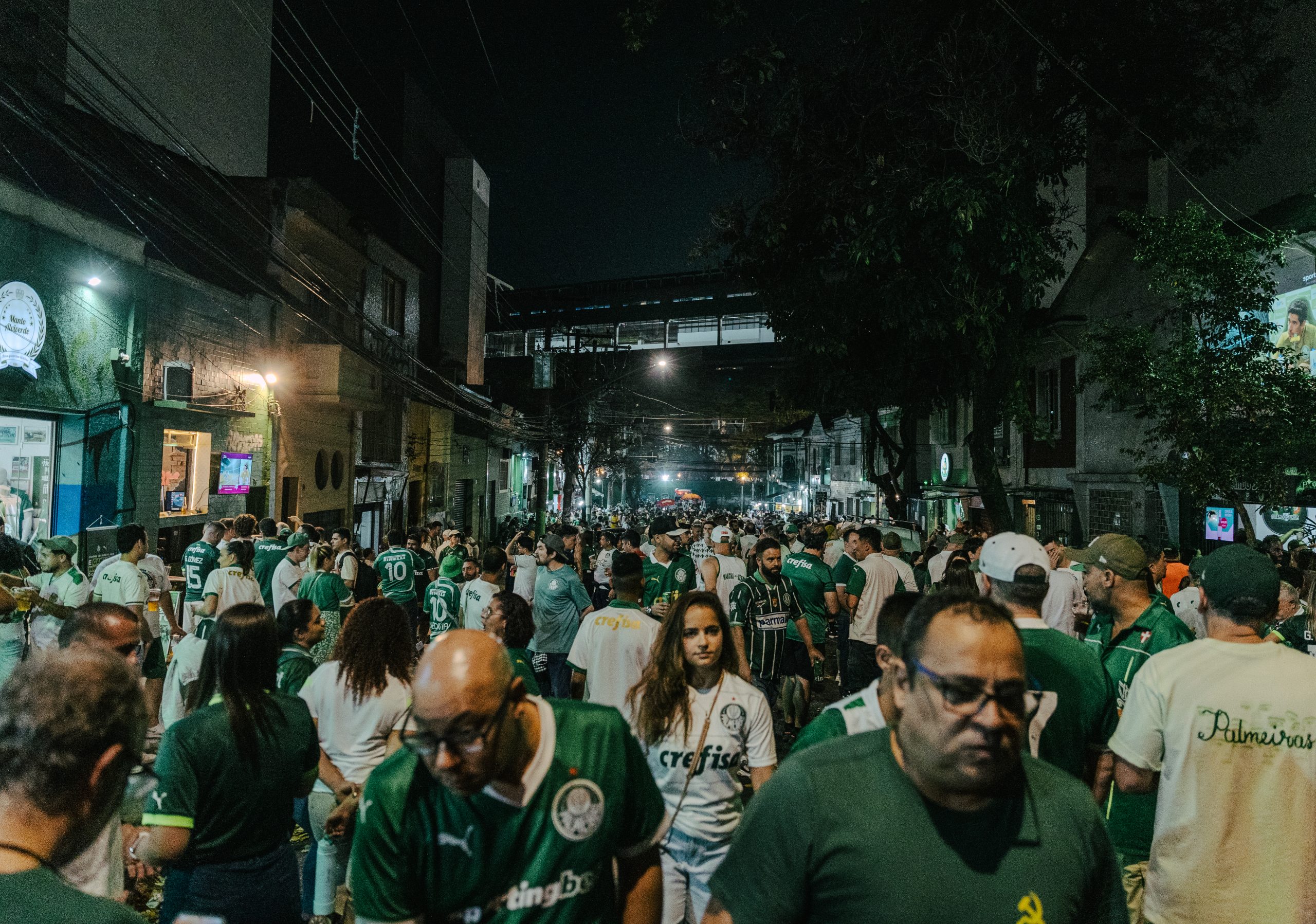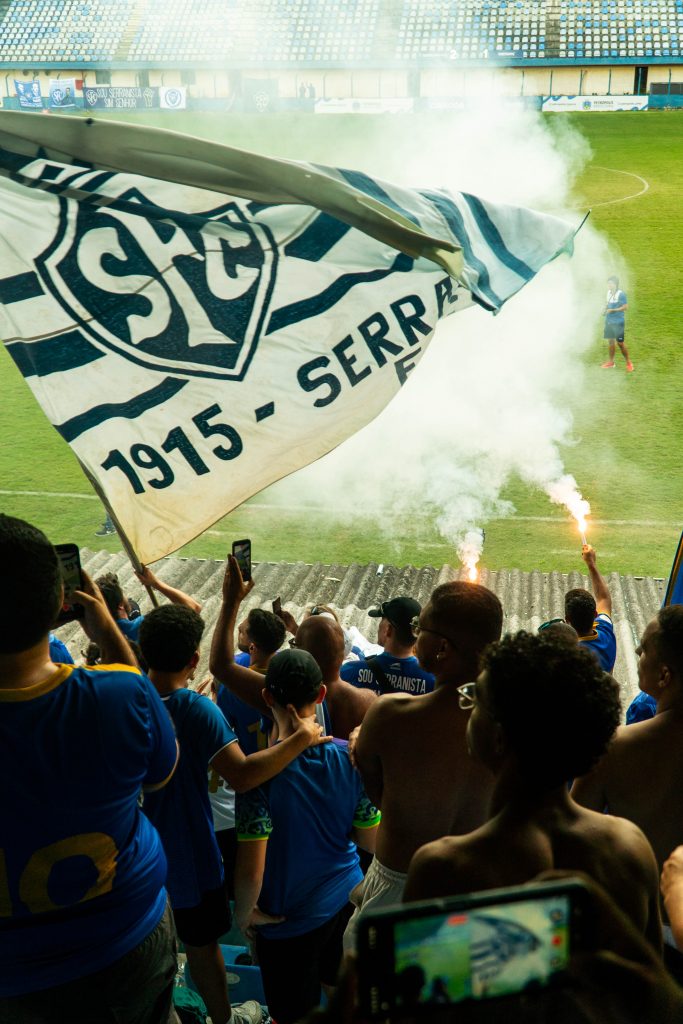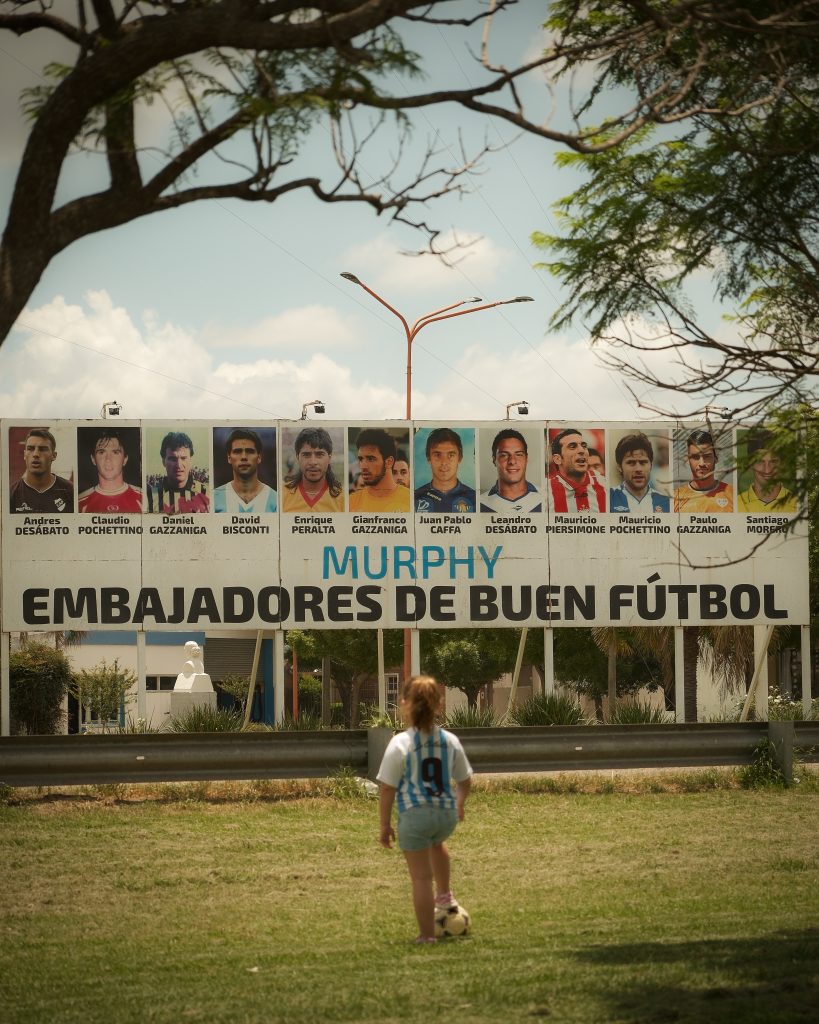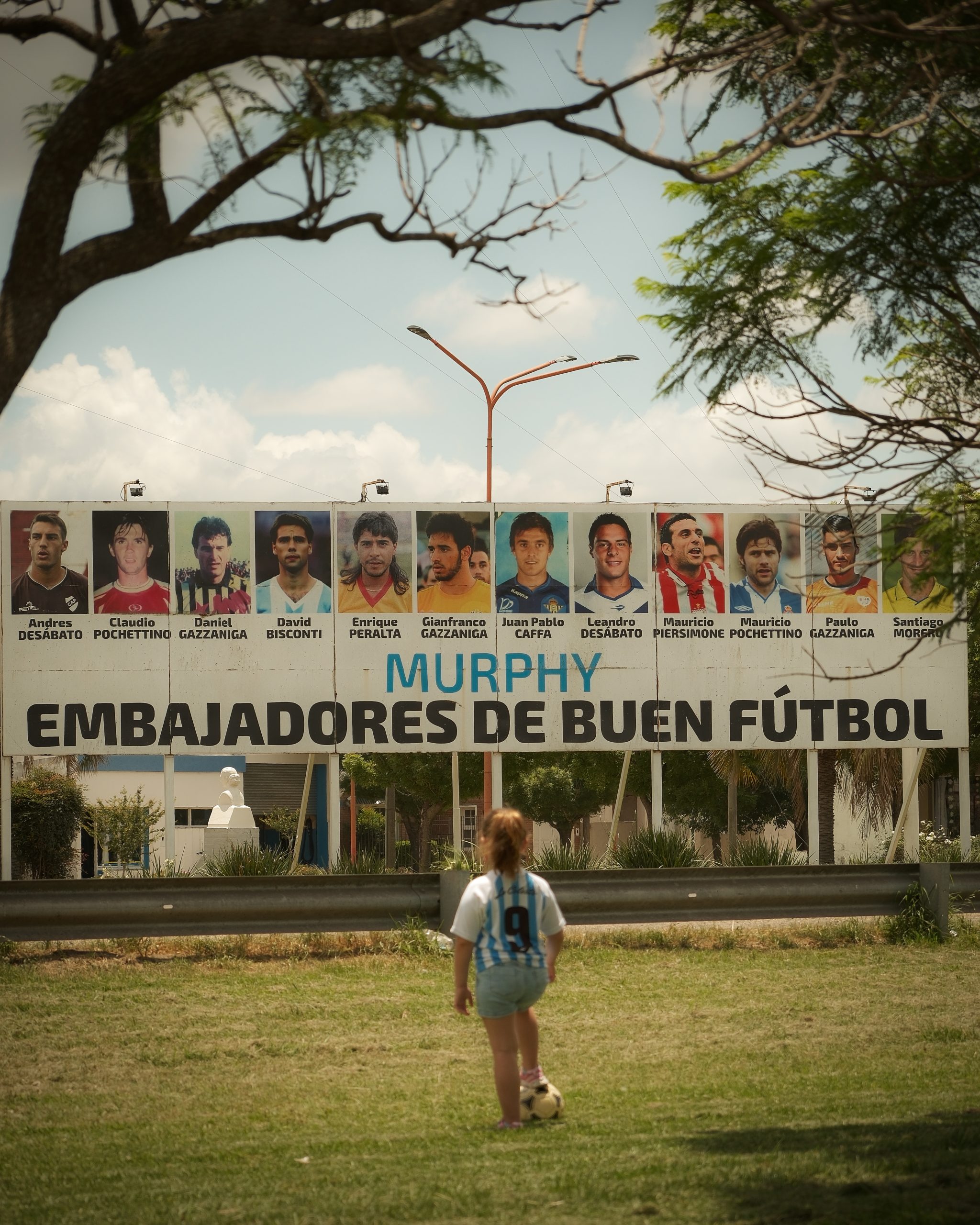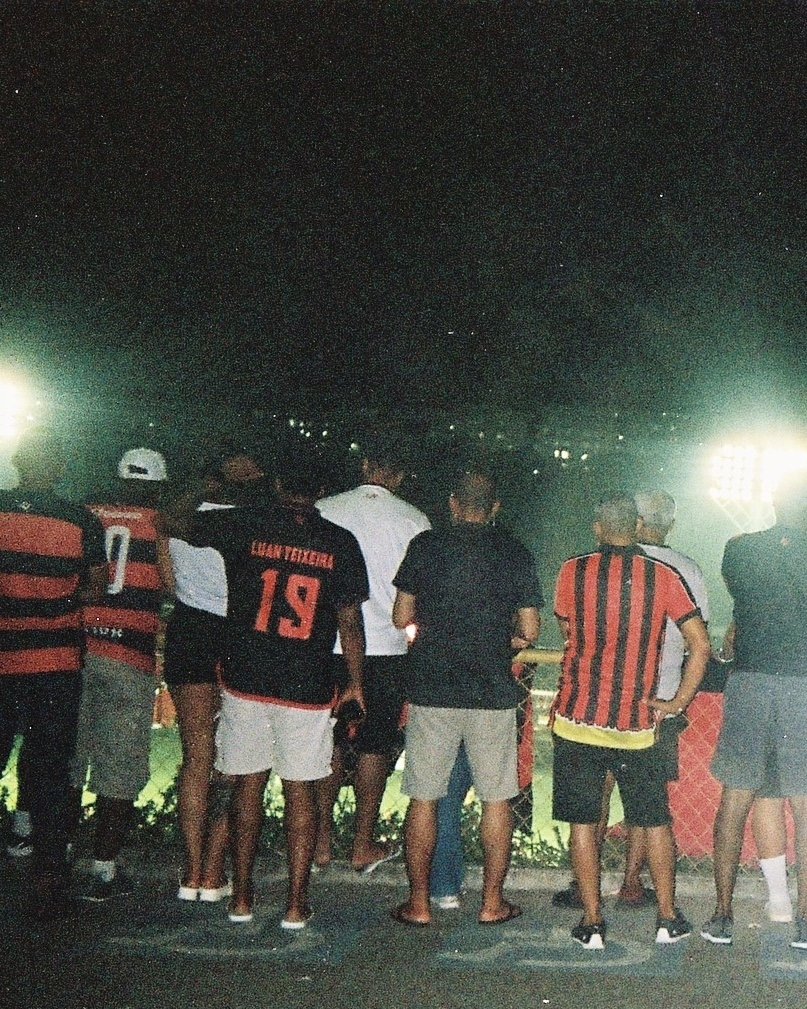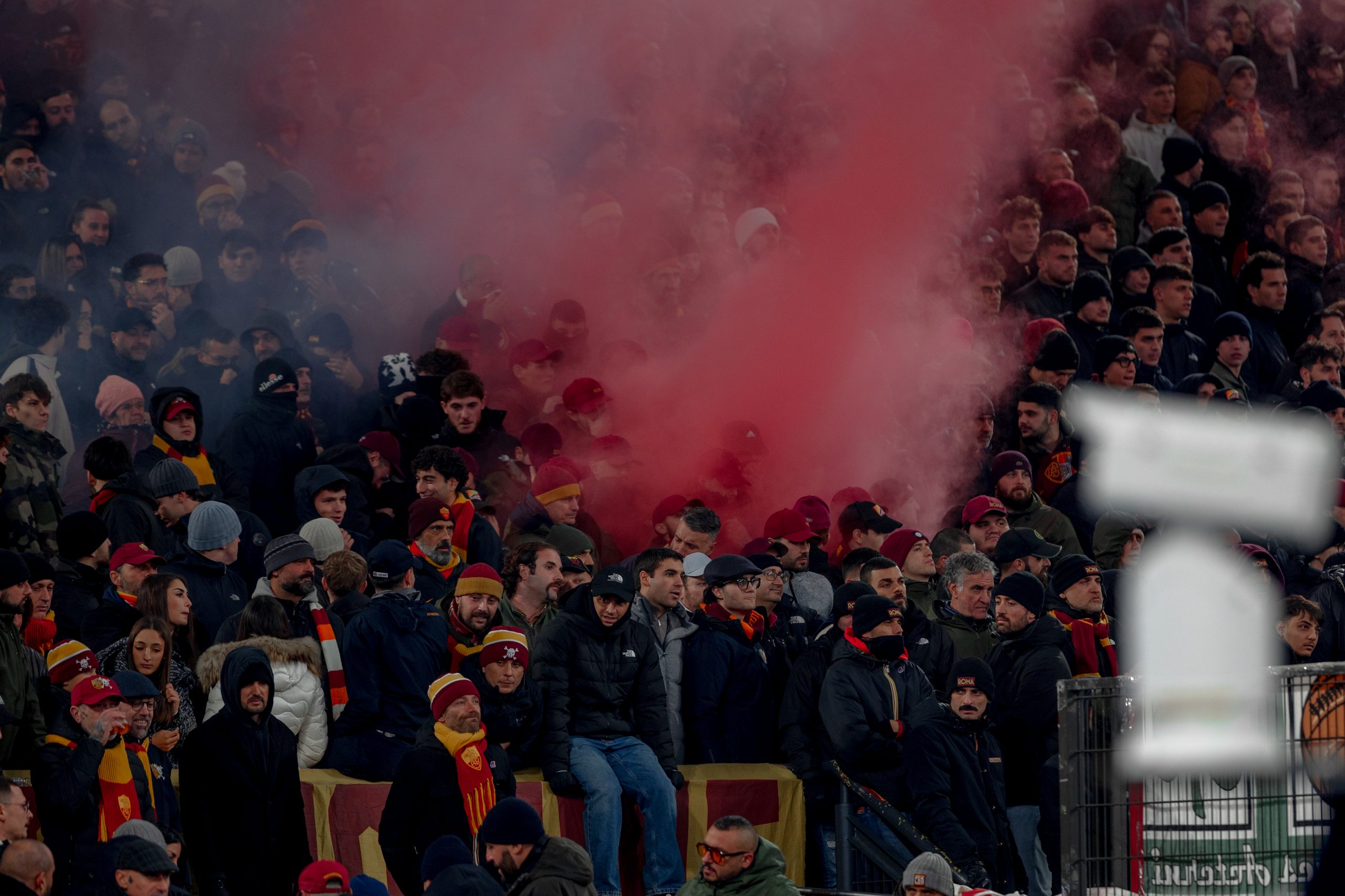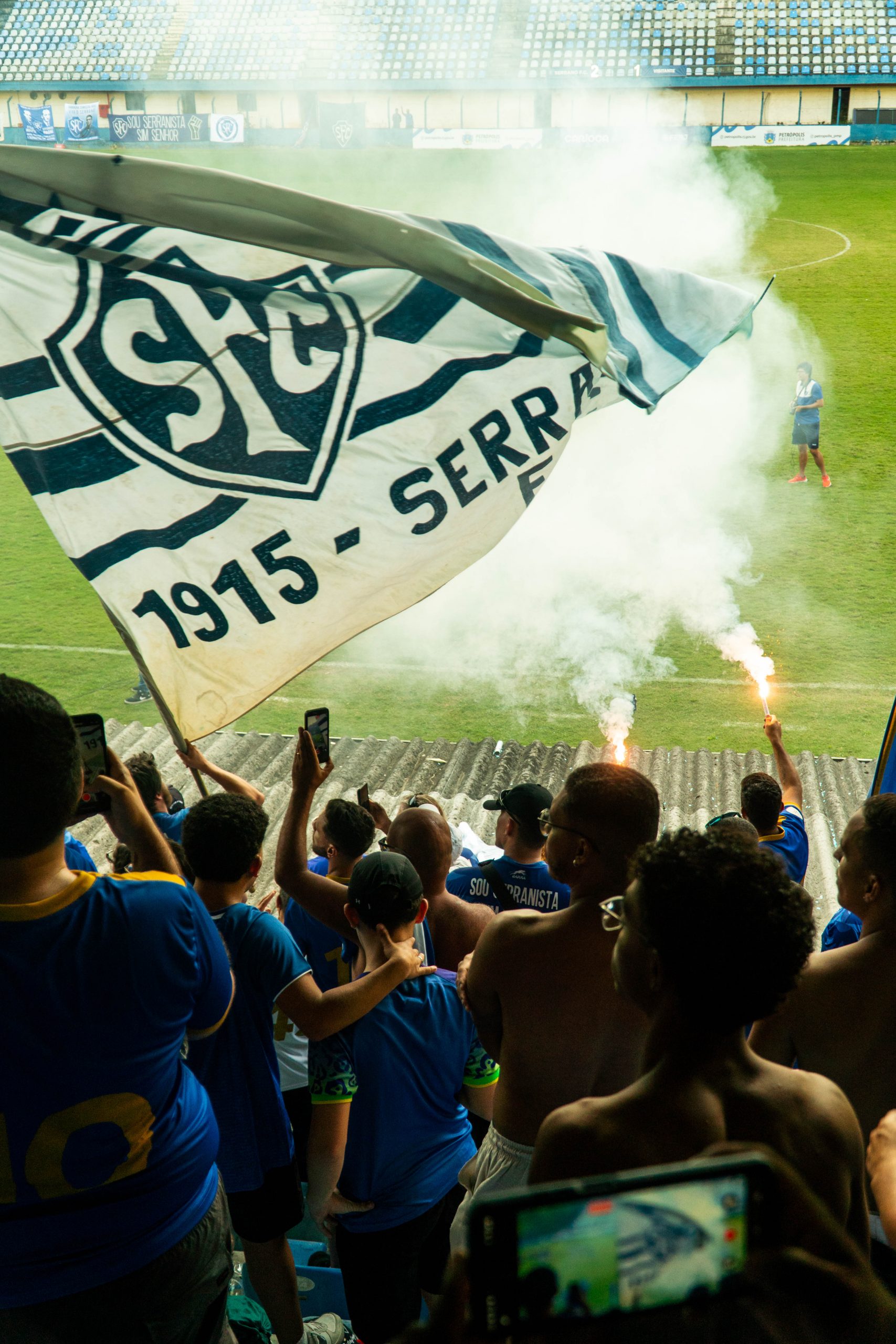In the third instalment of Letters from São Paulo, Gregorio Gastaldi returns to the city’s west side, where passion burns emerald green. This time, he steps into the world of Palmeiras — a club that stands as both a symbol of São Paulo’s strength and Brazil’s modern footballing power.
All words and images, by Gregorio Gastaldi
Aqui se aprende a amar o Palmeiras” — here you learn how to love Palmeiras.
It’s a phrase I heard time and time again during my week in São Paulo, as Verdão faced Fortaleza in the Brasileirão and River Plate in the Copa Libertadores. Even when there wasn’t a match on, I found myself in conversation with Paulistas in the city’s bars, listening to stories about their lifelong devotion to the green and white.
For Palmeiras supporters, matchday is a ritual. Fans arrive early and fill the streets around Allianz Parque, eating, drinking, dancing, and reconnecting with their community. It’s not just pre-match atmosphere — it’s communion.
Palmeiras fans always seem to be that little bit louder, their torcida culture thriving with a fierce pride that has made São Paulo one of the most electrifying football cities on the continent.

First Impressions of Verdão
It was hard to believe that my first visit to São Paulo — arguably the capital of Brazilian football — could live up to my expectations. Palmeiras stands among the giants, sharing a city and a constant debate with São Paulo FC over who truly holds the title of Brazil’s biggest club. With around 18 million fans each, the rivalry stretches far beyond the pitch.
Having already experienced matches with Santos and São Paulo FC, I couldn’t help but draw comparisons. Yet Palmeiras offered something unique — a mix of modernity and tradition, of celebration and precision.
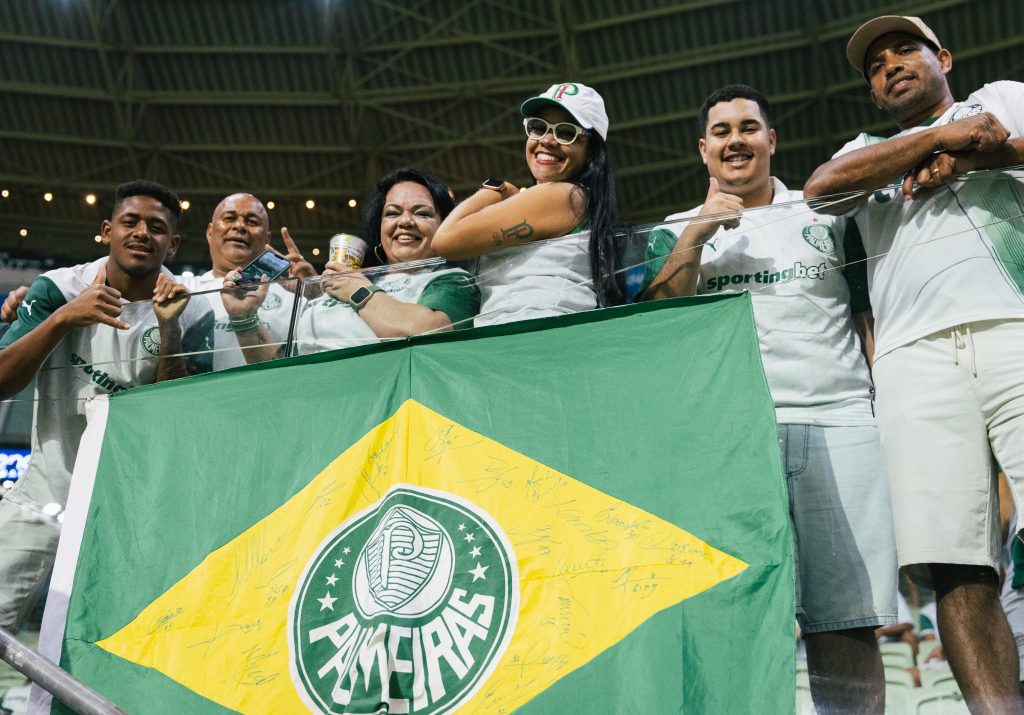
The Ritual of the Shirt
One of the moments that struck me most was the ritual known as sacudir camisa torcida — “shaking the shirts.” Thousands of fans, each holding their team’s colours aloft, shake them in unison to the rhythm of the drums. It’s spontaneous, creative, and deeply symbolic.
The torcidas (supporters’ groups) have evolved remarkably in recent years, drawing inspiration from across South America — particularly Argentina, the continent’s symbol of football passion. You can hear familiar chants adapted into Portuguese, see flags echoing messages from Buenos Aires or Montevideo, yet always reinterpreted through a distinctly Brazilian lens.
From watching Palmeiras on television to witnessing them live, the difference was immense. Standing pitchside, it felt like being in the front row of a theatre — a performance full of sound, colour, and emotion.
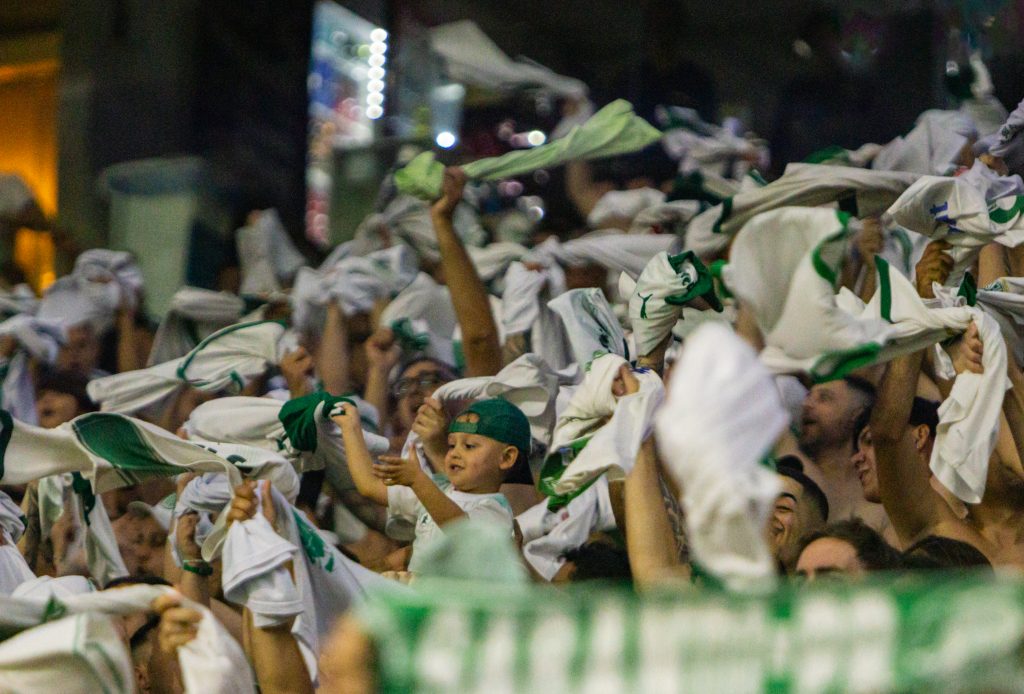
A Libertadores Night to Remember
The match itself felt like a Copa Libertadores final — a collision of two giants, past and present. The Allianz Parque was a revelation: a modern, ten-year-old structure built for 55,000 spectators, hidden within a quiet neighbourhood and seamlessly connected to the city by metro and even a shopping mall next door.
It was my first time photographing River Plate outside Argentina — my hometown club, the one I grew up with. Emotionally, it was impossible not to feel torn. Palmeiras were clear favourites, but football loves its surprises. River scored in the first half, momentarily reviving their hopes and setting the tie on course for penalties.
But the dream was short-lived. Palmeiras responded with power and precision, overwhelming River with perhaps the most lethal attack in South America. The final whistle confirmed it: a 3–1 win on the night, 5–2 on aggregate — a display of dominance that echoed through São Paulo.
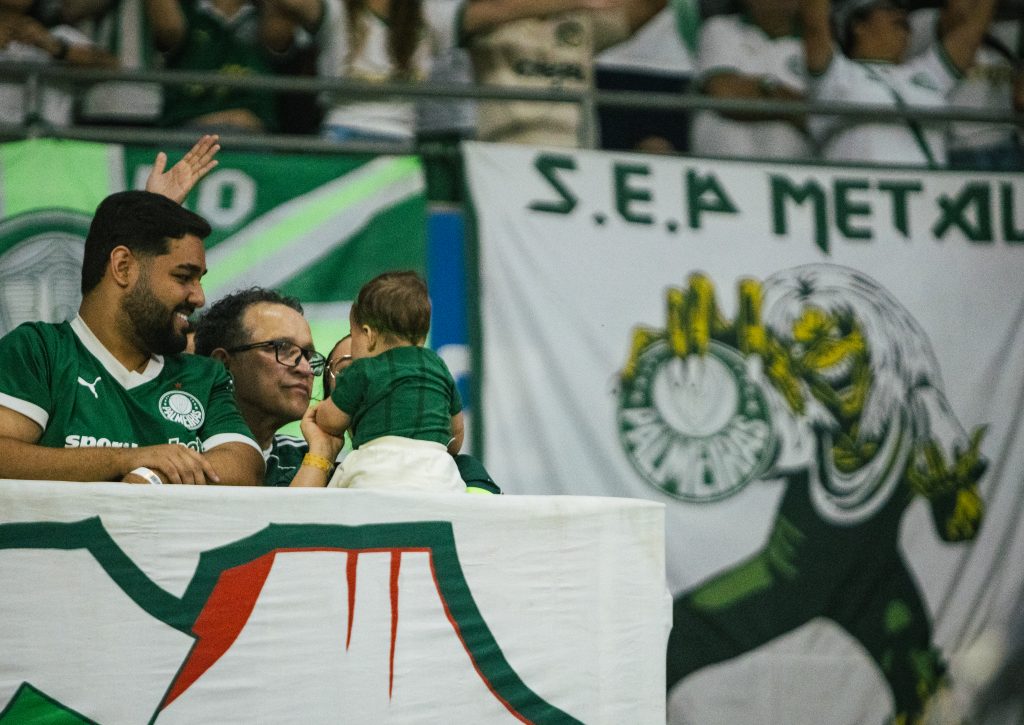
A Club of Tradition and Triumph
To visit São Paulo and not experience Palmeiras would be to miss one of world football’s great forces. This is a club steeped in tradition yet built for the modern game — a true giant of the Copa Libertadores, holding records for the most matches, victories, goals, and points by a Brazilian team in the tournament’s history.
Palmeiras have been operating at the highest level for years, strengthened by major investment and ambition. Domestically, they are unmatched:
- 12 Série A Brasileirao titles (the most in Brazil)
- 4 Copa do Brasil trophies
- 26 Campeonato Paulista titles, second only to Corinthians
And with those successes come fierce rivalries — particularly the Derbi Paulista against Corinthians, a battle that defines São Paulo’s sporting soul.
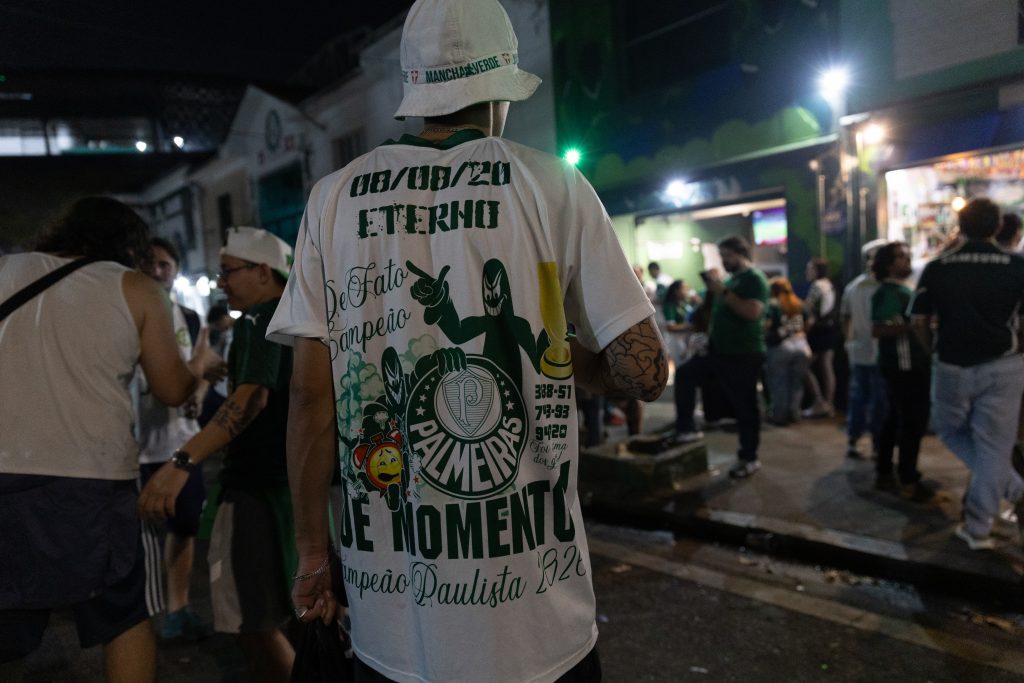
Verdão: Where Passion Meets Power
Palmeiras are more than a football club — they’re an institution of Brazilian identity. Their success, both past and present, reflects the city’s scale, ambition, and diversity. Watching them play, you feel that essence everywhere: in the flags, in the chants, in the pride of those who wear green.
If you’re travelling to São Paulo, make time for Palmeiras. Come early, walk the streets around Allianz Parque, share a beer or churrasco with the locals, and listen to the rhythm of a city that lives and breathes football.
Because here, in the heart of São Paulo, you learn how to love Palmeiras.
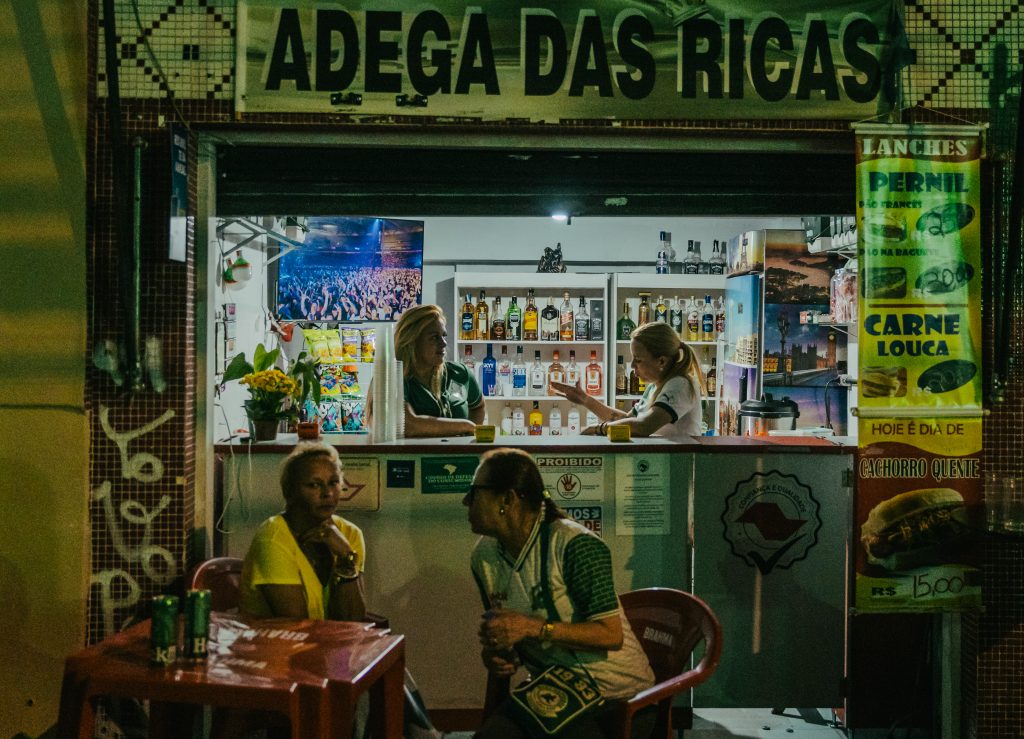
All words and images, by Gregorio Gastaldi

